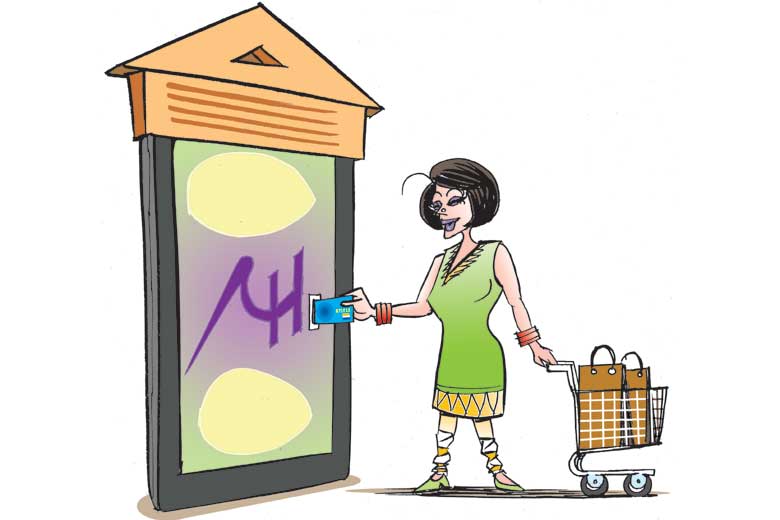Importance of Sanskrit Essay , Article , Speech
Importance of Sanskrit : Whatever we have learned about our country; its traditions, ethics, beliefs has come from the primary language of India – Sanskrit. It has come down to us as a legacy and has told a bunch of stuff about the times of yore. Sanskrit is the only language which has preserved its pristine clarity. It is the language of the ancient India which tells us about the Vedic period and its civilizations. The name comes from the root word – sam-skar meaning – to put together or compose.

About Sanskrit Language
Sanskrit is also referred as a refined and sophisticated way of speech. It is the prime and the most sacred language of Hinduism. This is the only language used to perform all the ritual rites in major ceremonies like prayers, weddings and other spiritual activities. Shlokas, Mantras and Hymns are recited in Sanskrit as it is said to be the most sacred and pure language. Sanskrit is known as the deva- bhasha, meaning Lord of languages and in India it is regarded as the mother of all the languages across the globe. There is a chance that it is one of the oldest languages on the earth. This language is known as more perfect than Greek, more copious than Latin and more refined than either. Sanskrit is regarded as the most scientific language and the perfect vehicle of communication by connoisseurs like – Pandit Jawaharlal Nehru, Mohandas Karamchand Gandhi , Max Mueller , Mrs. Indira Gandhi and Sir William Jones to name a few. It differentiates itself as the only language which has built in method of pronunciation, word formation and grammar.
Mother of All Languages ( Importance of Sanskrit )
This language has significantly contributed to the entire world in many ways. It has given some very vital root words to the English language and mostly all the Indian languages including- Marathi, Gujarati, Tamil and Bengali. It has an astounding vocabulary – having 96 words for a single feeling – love. This tells that it is a language of love and humanity, peace and tranquillity. It is also called the language of heart. Whatever be the emotion one wishes to display – devotion, love, affection, fear, threat, anger, compassion, benevolence, admiration, surprise the most appropriate words of Sanskrit can flow like a gushing stream. No wonder, it is the oldest surviving literature in the world!
Base of Sanskrit Language
Sanskrit is based on root syllables and words. It is the only language which is derived from a root, as no other language has this characteristic it can be said that Sanskrit is probably the origin of verbal and written communication. The greatest epics of the Indian history are written in this language like- The Ramayana and Mahabharata. Mahabharata qualifies as the world’s largest epic with over 100000 verses. It is also recommended as the top language for use in Computational Linguistics and Artificial Intelligence by NASA. Sanskrit’s grammar is so great that no other language can match up.
Current Scenario About Sanskrit Language
The current status of the Sanskrit language is pitiable. The mother language needs special and urgent security. This is because of the acute fondness of the youth towards the European languages. The idea that this is a step towards transformation has made us think Sanskrit is an obsolete language. This is our responsibility to bring back the language which is the foundation of communication. For this we require to take some actions. We need more and more schools to teach Sanskrit and have some best quality Sanskrit teachers which tell the students about its- origin, importance and use so that they may understand their mother tongue well and have basic command on it. Even higher education should be encouraged in this particular language that students get deeper knowledge about the language which has given birth to almost all the languages across the globe.
Questions
- Why is Sanskrit said to be the mother of many languages?
- Why should we be interested in Sanskrit
- What is the importance of Sanskrit ?


